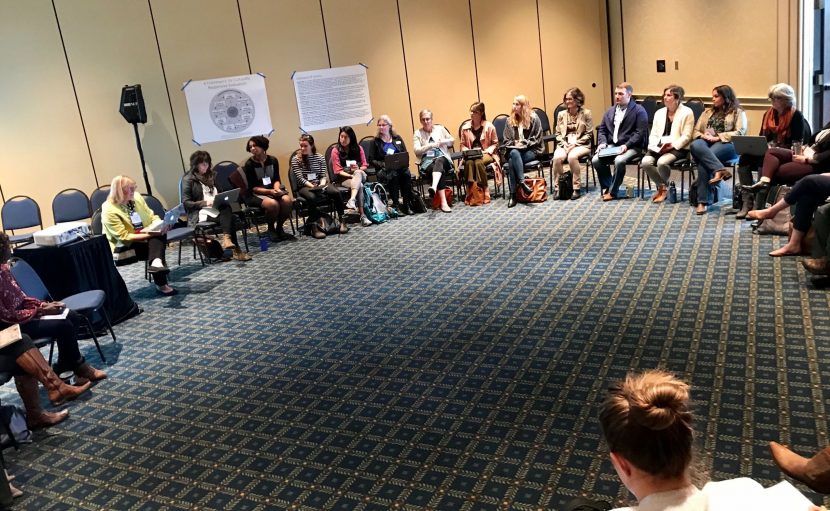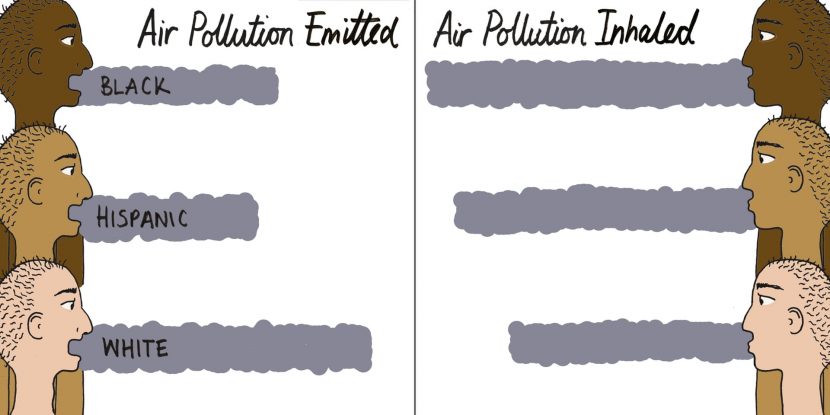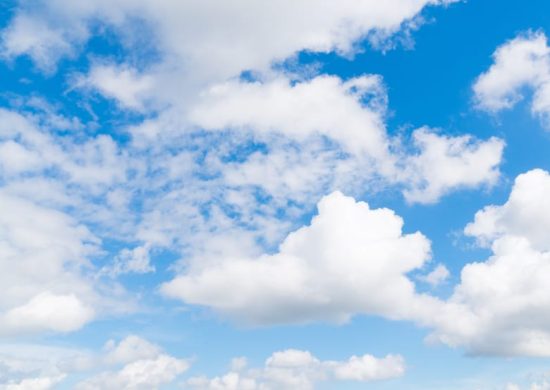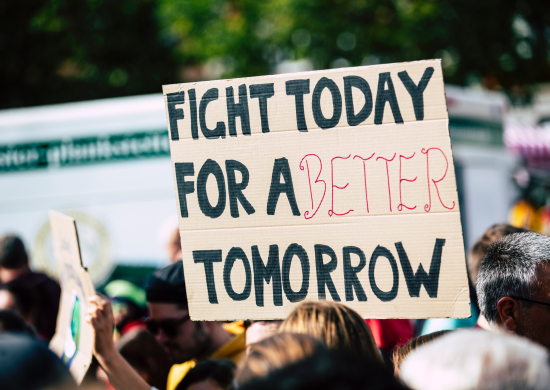
“Tell a story among a group.”
As I walked into the brightly lit conference room, the quote stood out on the projector screen. I sat down at the edge of a circle of nearly 60 leaders in the environmental education field. I looked around and saw faces I recognized: researchers, educators, graduate students, and evaluation experts. There were seasoned academics, brand-new PhD students, and curious practitioners. I was excited to listen and learn from their experiences.
“Tell a story among a group.” The quote again caught my eye. It seemed to me to be both a goal and a challenge. The end goal of all culturally responsive and equitable collective evaluation – a seemingly complex and jargon-filled topic – should be something as simple as a story. It made me think: what are we doing – actually doing – in our work? How can we measure and improve what we do together – rather than siloed? And, how can we share what we learn in a way that is relevant, relational, and responsible?
How can we tell our story?
—
Storytelling connects us. It is easy to see the power of storytelling and the impact it has had on each of our lives, both professional and personal. From bedtime stories to teachable myths, we have and continue to use stories to soothe, teach, connect, and inspire. For the environmental field, this particularly rings true. Just think about the power of Dr. Seuss’ The Lorax or Rachel Carson’s Silent Spring. Or, consider an iconic photo like a polar bear on a melting iceberg that tells an entire story in just one image. In a field that is underfunded, often mischaracterized, and undervalued, storytelling through text and imagery becomes all the more important. There are a few key ways storytelling continues to positively impact the environmental movement; it breaks down obstacles to our understanding, links us together, and amplifies what is possible – now and in the future.
Stories engage audiences in ways that facts and figures alone do not, and that engagement matters since we need it before we can begin to effectively share information. Storytelling breaks down difficult information. The environmental field has a large amount of data that is often hard to wade through and can be doubly hard to understand. Artists and data communicators like Mona Chalabi, data editor for The Guardian, break down data in a way that is truthful, makes sense, and sticks with you. Mona did just this for a recent study on air pollution’s disparate impact on Black and Hispanic communities, which she summarized in a datablog for The Guardian. She shared the illustration below during her recent keynote presentation at the North American Association for Environmental Education (NAAEE)’s annual conference.
During her keynote presentation, Mona voiced that, “Each additional word on an image can reduce the number of people who will look at that image.” Mona’s work takes vast amount of data and complicated charts and turns it into a visual people remember. Our Climate and Energy Program at Pisces similarly has simplified the complex world of climate change data, most recently through an illustrated blog on methane, highlighting parts of the problem and the readily-available solutions to reduce emissions from the super pollutant. Pisces’ Water Program is also exploring new ways to tell the story of work that may seem, at first, complex or technical. They recently partnered with the Water Data Collaborative to create a Story Map that shares about community science organizations across the country that are protecting our health by monitoring streams, bays, and rivers.
For those of us already engaged, storytelling connects us in our shared purpose. The environmental education field is mobilizing storytelling to highlight how our work builds stronger, healthier communities and a diverse and equitable society. If we #RethinkOutside, many people can connect their work and interests to the benefits of spending time outdoors. Our grantee, Duke University, uses stories to both link together similar efforts going on across the United States and also to showcase results from collective evaluation. Pisces’ Water Program also recently partnered with its urban water grantees to create a new video that features grantees sharing their common story: how they are changing the water future of their cities.
Storytelling magnifies hope and ambition – while making hopes and ambitions seem reachable through the experiences that stories share. The Southeast Environmental Education Alliance is a network of backbone organizations that do such sharing together. Describing what is possible in one state can inspire others to try new things or to preserve hope in difficult times. Similarly, the NAAEE annual conference is a week of retelling stories to help the field push forward and build hope for the future. Dr. Carolyn Finney’s keynote address at NAAEE’s research symposium encouraged the field to dream bigger and ask: “Whose story counts?” Dr. Finney uses stories to both inspire and challenge the field, prompting us to widen our ambition and question our assumptions about the work.
Making environmental education stronger everywhere starts with connection. Sharing meaningful stories and truly listening to those we have (and have not) heard will start us down this path. As the above examples emphasize, we are currently doing this. Even though the environmental education field has always engaged in storytelling, we have recently started to do it more frequently, more coordinated, and more freely. Those who have understood the power of story and the truth in story are rightly being listened to and championed.
We know stories have impacts, and the field is using them to a larger extent. Starting with a story brings people in, in a way that facts or data alone often do not. But, why does this matter? Why should the environmental field care about the stories they share? In the end, our stories support the ultimate goal: to build stronger and healthier communities and a diverse and equitable society.
Pisces’ Environmental Education Program is dedicated to helping the field realize this goal. By building the entire national field of environmental education, communities everywhere and anywhere can be healthier and stronger. Pisces leverages storytelling to communicate about our work with others and within our staff. Our grantee spotlights on our website share the fantastic work we support around the globe. Internally, we share stories of our grantees’ work and impact in emails, over Slack messages, and during staff meetings.
Building the environmental education field involves engaging new partners, new voices, and new stories. Storytelling connects us to these partners, people, and stories that help us continue creating the systemic change we need for people and nature to thrive together in a diverse and equitable society.
Do you have a story to share? We invite you to share your environmental education stories with us on Twitter.




